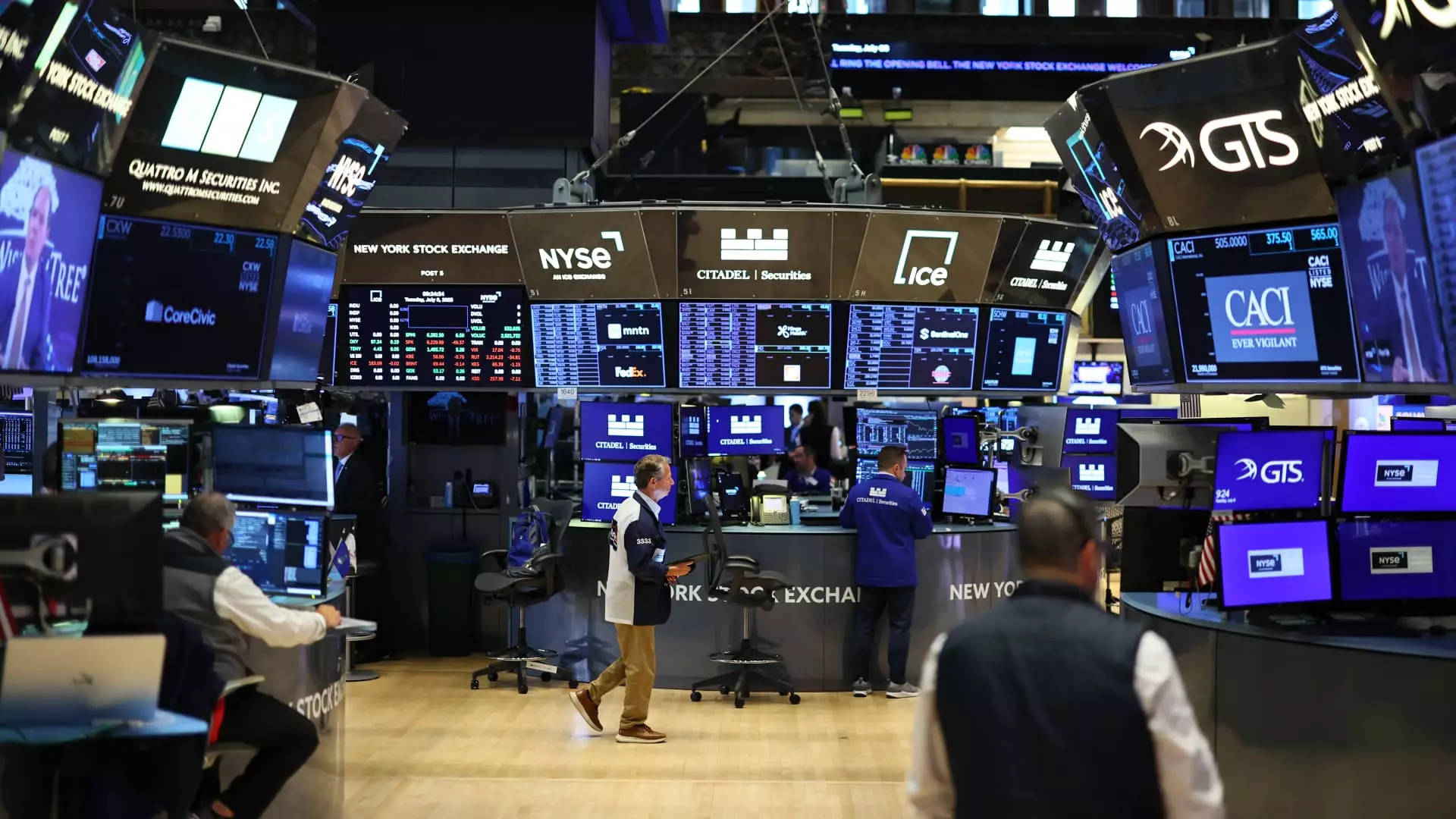The recent projections suggesting a downturn in the stock market over the next six months seem to be driven by a cautious, perhaps overly conservative view, which warrants a more skeptical approach. While financial institutions like Vanguard and BlackRock are advising increased allocations to bonds, this advice is rooted in a narrative that assumes economic slowdown and policy shifts. But should investors blindly follow this logic? History demonstrates that markets are complex and often defy predictability, especially when macroeconomic trends are as volatile and interconnected as they are today.
A fundamental flaw in this narrative is the assumption that the Federal Reserve’s future interest rate cuts will inherently be beneficial. While those cuts may offer short-term relief for fixed income markets, they risk masking deeper systemic issues, such as growing income inequality and underinvestment in critical public services. These elements are paramount to understanding economic resilience or fragility, yet they are often sidelined in favor of technical market forecasts. By overemphasizing the potential of bonds as a safe harbor, the financial outlook may inadvertently overlook opportunities for more inclusive economic strategies that prioritize sustainable growth, social safety nets, and investments in public infrastructure.
The Limitations of Defensive Financial Strategies
The emphasis on buffer ETFs and other defensive investment products by BlackRock echoes a desire for stability but potentially signals an acceptance of economic stagnation. The idea of playing “defense” in markets might sound prudent to conservative investors, but it often reflects a fear-driven mindset that underestimates the resilience of the broader economy. In reality, unchecked reliance on defensive strategies can deepen societal divides by favoring certain investors at the expense of broader economic renewal. It risks fostering a narrative where market performance is decoupled from the well-being of everyday citizens, emphasizing financial engineering over genuine structural reforms.
Moreover, the focus on infrastructure investment as a macro trend, while seemingly forward-looking, is limited. Today’s infrastructure development must go beyond traditional physical projects; it must incorporate equitable access to technology, climate resilience, and social infrastructure that sustains communities. Failing to broaden this scope could entrench existing inequalities, making economic recovery less about shared prosperity and more about corporate interests.
The Flawed Premise of Market Timing and the Role of Policy
The belief that central banks will pivot to cut interest rates because of labor market concerns raises critical questions about the influence of monetary policy. While policymakers’ intentions matter, over-reliance on these predictions risks downplaying the complexities of the political economy. Monetary policy alone cannot solve fundamental issues like wealth concentration, educational inequities, or climate change. Instead of passively awaiting rate cuts, there should be a push for policies that directly address these root causes, such as progressive taxation, public investment, and social reforms.
Furthermore, the narrative often assumes that markets will rebound without substantial action on inequality or environmental sustainability. Yet, history has shown that unsupported market optimism can lead to bubbles and crises, especially when central banks simply react to symptoms rather than addressing systemic vulnerabilities. A centrist, socially conscious approach should advocate for policies that bolster economic resilience, not just temporarily prop up asset prices.
Reimagining Investment in a Fairer, Sustainable Future
Investment strategies grounded solely in market timing and risk mitigation neglect the potential for investments that serve societal needs. A truly balanced approach recognizes that economic growth should be inclusive, that public investment enhances long-term stability, and that financial markets are a reflection of the social contract. The call for more fixed income exposure might be prudent technically, but it should also serve as a catalyst for advocating policies that expand access to quality education, affordable healthcare, and clean energy.
In essence, the current financial outlook should motivate investors, policymakers, and citizens alike to challenge the prevailing narrative of inevitable market decline and instead promote an economy rooted in fairness and resilience. Central-wing liberalism emphasizes the importance of measured regulation, social investment, and responsible capitalism—values that may ultimately prove more effective in safeguarding long-term prosperity than defensive tactics alone. Real optimism lies in reshaping economic priorities to serve the many, not just the few.

